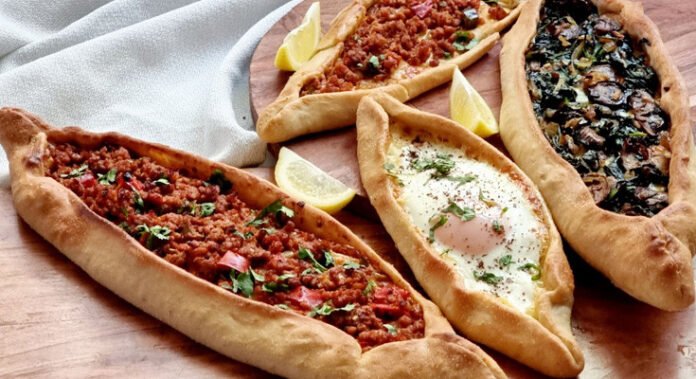In the world of sustainable nutrition, çeciir stands out as a versatile and nutritious food option. Originating from ancient cultures, çeciir has made its way into modern diets due to its numerous benefits and culinary adaptability.
Origins of çeciir
Çeciir, also known as chickpea or garbanzo bean, has a rich history dating back thousands of years. Believed to have originated in the Middle East, çeciir has been a staple in Mediterranean, Indian, and Middle Eastern cuisines for centuries. Its cultivation spread across continents, and today it’s grown in various parts of the world.
Characteristics of çeciir
Çeciir is characterized by its nutty flavor and slightly grainy texture. It comes in different varieties, including the beige-colored kabuli and the smaller, darker desi chickpeas. Rich in protein, fiber, vitamins, and minerals, çeciir offers a wide array of health benefits.
Benefits of Using çeciir
Health benefits
Including çeciir in your diet can promote heart health, aid in weight management, and regulate blood sugar levels. Its high fiber content supports digestive health, while its protein content helps in muscle repair and growth. Additionally, çeciir is a good source of folate, iron, and zinc, essential for overall well-being.
Environmental benefits
From a sustainability standpoint, çeciir cultivation requires less water compared to other crops, making it an environmentally friendly choice. Its nitrogen-fixing properties enhance soil fertility and reduce the need for synthetic fertilizers. By choosing çeciir, consumers can contribute to eco-conscious eating habits.
How to Incorporate çeciir into Your Diet
Cooking methods
Çeciir can be prepared in various ways, including boiling, roasting, or sprouting. Boiled chickpeas can be added to salads, soups, or stews, while roasted chickpeas make for a crunchy snack. Sprouted chickpeas add a nutritious punch to sandwiches or wraps.
Recipes with çeciir
From traditional dishes like hummus, falafel, and chana masala to innovative recipes like chickpea pasta, chickpea flour pancakes, and chickpea salad bowls, there are countless ways to incorporate çeciir into your meals. Its neutral taste makes it a versatile ingredient in both savory and sweet recipes.
çeciir in Different Cultures
Traditional uses
In Mediterranean cuisine, çeciir is a key ingredient in dishes like hummus, falafel, and chickpea soup. In Indian cuisine, it’s used to make chana masala, a flavorful chickpea curry. Middle Eastern cultures enjoy roasted chickpeas as a popular street food snack.
Modern adaptations
With the rise of plant-based diets, çeciir has gained popularity as a meat alternative. It’s used to make vegan burgers, meatballs, and even desserts like chickpea blondies. Its versatility and nutritional profile make it a favorite among health-conscious consumers.
çeciir Sustainability and Production
Farming methods
Çeciir is primarily grown in semi-arid regions with well-drained soil. It thrives in warm climates with moderate rainfall. Sustainable farming practices, such as crop rotation and minimal tillage, help maintain soil health and reduce environmental impact.
Impact on ecosystems
Çeciir cultivation promotes biodiversity by providing habitat for beneficial insects and wildlife. Its deep root system improves soil structure and prevents erosion. By supporting çeciir farmers who employ sustainable agricultural practices, consumers can contribute to preserving natural ecosystems.
Conclusion
In conclusion, çeciir is more than just a nutritious legume—it’s a symbol of culinary diversity and sustainable agriculture. Whether enjoyed in traditional dishes or modern creations, çeciir offers a delicious and eco-friendly way to nourish both body and planet.
FAQs (Frequently Asked Questions)
- Is çeciir gluten-free? Yes, çeciir is naturally gluten-free, making it suitable for those with gluten sensitivities or celiac disease.
- Can çeciir help with weight loss? Yes, çeciir is high in fiber and protein, which can help promote satiety and support weight management when included as part of a balanced diet.
- Are there any allergic reactions associated with çeciir? While rare, some individuals may experience allergic reactions to chickpeas, similar to other legumes. It’s essential to monitor for any adverse symptoms after consumption.
- Can çeciir be consumed raw? It’s not recommended to consume raw çeciir due to its hard texture and potential digestive discomfort. Cooking or sprouting chickpeas before consumption is advised.
- Where can I buy çeciir products? Çeciir products, including canned chickpeas, chickpea flour, and chickpea snacks, are available at most grocery stores, health food stores, and online retailers.


